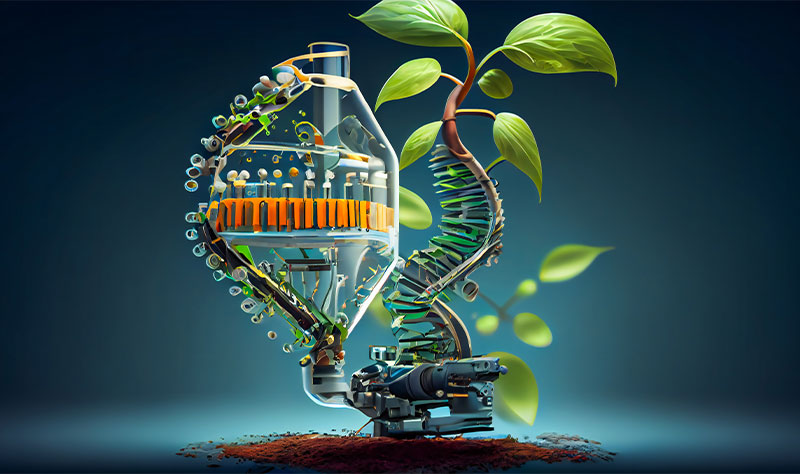As Alsa Group, we closely follow the historical and current importance of coal in the energy sector. In our blog, we examine in great detail the critical role of coal in energy production, the contributions of different coal types such as anthracite, bituminous and lignite to energy efficiency and their industrial usage areas. While we examine in great detail the very important contributions of the coal industry to the economy, its potential to create jobs and employment, we also emphasize our extensive role in the coal supply chain, our deep expertise in supplying quality coal and the special services we offer to our customers.
In our blog, we also discuss the future usage areas of coal as an energy source, innovative technologies and sustainability approaches. By providing information about our place and strategy in the energy sector, we provide our readers and customers with a better understanding of Alsa Group’s vision and mission in this area. This in-depth look at the role of coal in the energy sector is a valuable resource for anyone who wants to follow current developments and future trends in the sector.
Historical and Current Importance of Coal in the Energy Sector
The Industrial Revolution was a high turning point in the evolution of coal in the energy sector. From the late 18th century onwards, coal began to be widely used in industrial processes such as steam engines, looms and railway transportation. This accelerated production processes, increased the number of factories and increased labor productivity. Coal, as a rich source of energy, triggered economic growth and formed the basis of economies.
Types of Coal and Energy Efficiency
Types of Coal: Anthracite, bituminous and lignite coals have different characteristics in terms of their physical and chemical properties. While anthracite is known for its high carbon content and high density, bituminous coal has a lower carbon content and contains more volatile matter. Lignite coal is the type with the lowest carbon content and can be brown or black-brown in color. These different properties affect the energy content and usage areas of coal types.
In addition, the mining methods of these coal types are also diverse. Anthracite is usually mined in underground mining or pits, while bituminous coal can be mined both underground and in open pits. Lignite coal can be obtained by pit or surface mining.
In terms of energy efficiency, anthracite coal has an advantage in terms of combustion efficiency due to its high energy content and low volatile matter content. Bituminous coal also has a wide range of use in energy production and its combustion efficiency is high. Lignite coal may be lower in terms of energy efficiency, but it is preferred as an economical energy source.
Contributions of Coal to the Economy
Economic Growth: The coal industry can have a significant impact on the GDP of a country. Coal mining, energy production and coal-related sub-sectors can contribute to the growth and diversification of the economy. This industry offers the potential to create employment for economic growth, especially since it involves intensive labor-intensive activities in mining and energy production. In addition, the coal industry creates added value at different stages along the value chain; processes from mining to transportation and energy production contribute to the economy.
Alsa Group and Coal Supply
Supply Chain: Alsa Group’s role in the coal supply chain is quite comprehensive. The company is actively involved in all processes from the source point of coal to the end user. These processes include the extraction, processing, transportation and delivery of coal to the end user. Alsa Group meets the needs of energy producers and industrial facilities by ensuring that coal is supplied reliably and efficiently. The logistics and supply strategies developed for the management of these processes aim to transport and distribute coal effectively. In addition, Alsa Group follows strict quality control processes to supply high-quality coal and has the capacity to respond to the specific needs of its customers, thus providing the best service to both individual and corporate customers.
The Future Role of Coal
Future Use: Long-term projections for coal as an energy source reflect a complex picture with decreasing usage trends and the transition to alternative energy sources. The role of coal in the energy sector has decreased due to environmental concerns and sustainability goals. This decreasing trend affects the future use of coal and accelerates the transformation in the energy industry.
Technological innovation is emerging as a critical factor in shaping the future role of coal. Technologies to reduce emissions and improve energy efficiency are enabling the modernization of coal power. Innovations such as clean coal technologies and carbon capture storage (CCS) systems can help reduce coal’s environmental impact.






